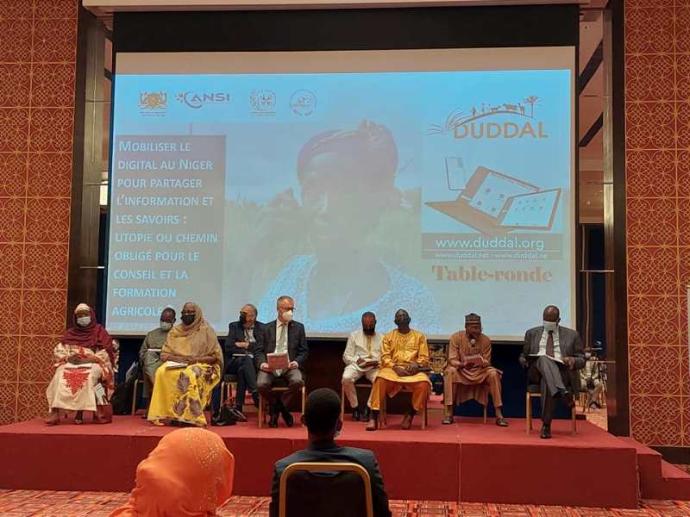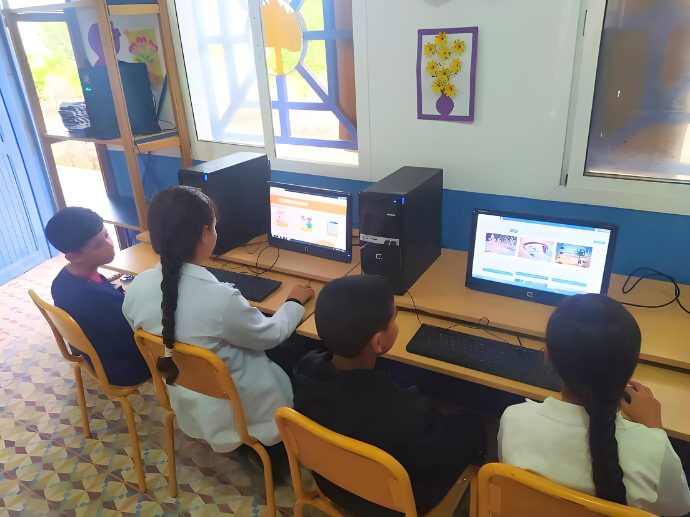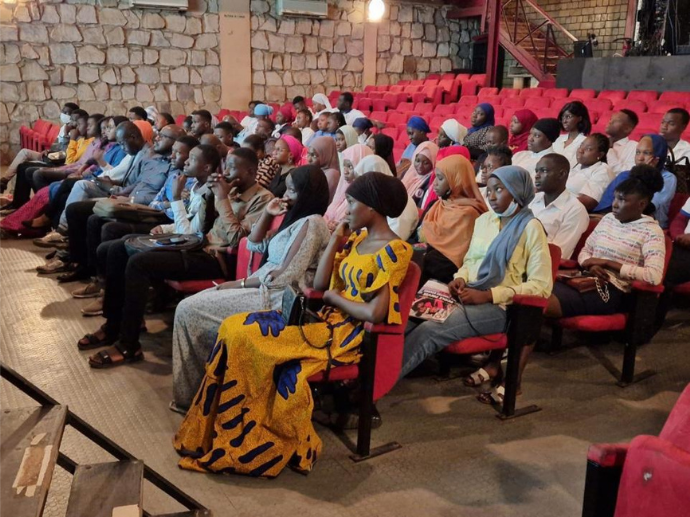Improving connectivity in Africa is a crucial lever for the continent's economic, educational, and social development. While there are many challenges—including limited infrastructure, high access costs, and a lack of digital training—numerous local, regional, and international initiatives are beginning to reshape Africa’s digital landscape. These solutions rely on technological innovation, public-private partnerships, and digital inclusion strategies adapted to local realities.
1. Expanding digital infrastructure
The first step toward more equitable connectivity is the large-scale development of infrastructure. This includes laying fiber optic cables, building telecom towers, and expanding 4G—and even 5G—networks.
Projects such as the West Africa Regional Communications Infrastructure Program, supported by the World Bank, aim to strengthen cross-border networks and extend connections to rural areas.
Meanwhile, the 2Africaproject, led by Meta (Facebook), China Mobile, Orange, Vodafone, and other partners, aims to deploy a 45,000-kilometer undersea cable around the African continent to improve bandwidth in 33 countries, including 19 in Africa (Meta, 2022).
2. Reducing the cost of internet access
The high cost of mobile data remains one of the biggest barriers to digital adoption. TheAlliance for Affordable Internet (A4AI) recommends that 1 GB of data cost no more than 2% of the average monthly income. However, in much of Sub-Saharan Africa, this threshold is still far exceeded.
To address this, several countries are experimenting with telecom subsidies or encouraging Internet providers to share infrastructure. Rwanda,for example, has implemented a national 4G network through a public-private partnership, which has helped lower prices and expand coverage across the country.

3. Promoting frugal and offline digital solutions
In areas where infrastructure is still lacking or unreliable, innovative solutions help bridge the connectivity gap. For instance, DataCup, a solution designed to store and distribute digital content locally, works without constant Internet access. It enables schools and rural communities to access educational, medical, or cultural resources through a local network, even without mobile coverage.
Other initiatives like Kolibri, an offline learning platform developed by Learning Equality, allow the creation of digital learning environments without needing continuous Internet connectivity.
4. Encouraging international partnerships and local investment
Numerous international initiatives support Africa’s digital transformation. The European Union, for example, is investing through its Global Gateway, with €150 billion allocated for Africa—much of it focused on digital connectivity.
At the same time, local start-ups are innovating in the telecom sector. BRCK, based in Kenya, provides solar-powered Wi-Fi routers for schools and remote areas.

5. Strengthening digital inclusion through training
Improving connectivity is not only about providing Internet access; it’s also about empowering people with the skills to use it. Many NGOs and governments are investing in basic digital literacy training. In Côte d’Ivoire, for example, the e.School project launched by Huawei has trained teachers in using digital tools in several rural schools (Huawei Côte d’Ivoire, 2023).
Platforms like Digital Africa also support digital entrepreneurs through training, funding, and mentorship networks.
Conclusion
Improving connectivity in Africa requires a multi-level approach: solid infrastructure, affordable access, context-appropriate innovation, and user training. While the challenges remain significant, promising solutions are emerging—often driven by a combination of local and international actors. The goal is to accelerate this momentum so that Internet access becomes a right, not a privilege, for everyone across the continent.
 Duddal
Duddal SOS Village d'Enfants Niger
SOS Village d'Enfants Niger



What Initiatives or Solutions Could Improve Connectivity Across the Continent?